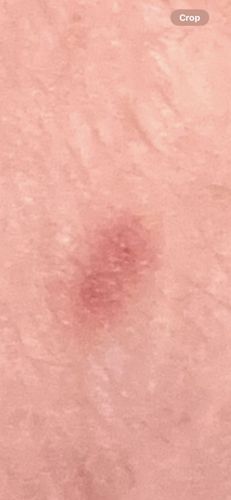Bed Bug
Scientific Name: Cimex lectularius
Order & Family: Hemiptera (true bugs), Cimicidae (bed bugs)
Size: Adults typically 4-5 mm (0.16-0.20 inches) long, unfed; nymphs can be as small as 1 mm (0.04 inches).

Natural Habitat
Primarily human dwellings, especially beds, mattresses, bed frames, and furniture; also can be found in cracks and crevices in walls, floorboards, and upholstery.
Diet & Feeding
Exclusively hematophagous, feeding on the blood of humans and other warm-blooded animals. They are nocturnal feeders, typically biting while hosts are asleep.
Behavior Patterns
Nocturnal activity, hiding in cracks and crevices during the day. They are attracted to carbon dioxide and body heat. They can go long periods without feeding (months) and are skilled at remaining undetected. Females lay small, white, oval eggs (1 mm) in secluded locations, which hatch into nymphs that undergo five molts before reaching adulthood.
Risks & Benefits
Potential risks include itchy red welts from bites, allergic reactions (though rare, some individuals may experience severe allergic responses), secondary skin infections from scratching, and psychological distress from infestation. Benefits are not directly associated with bed bugs; they are considered a significant pest.
Identified on: 9/7/2025